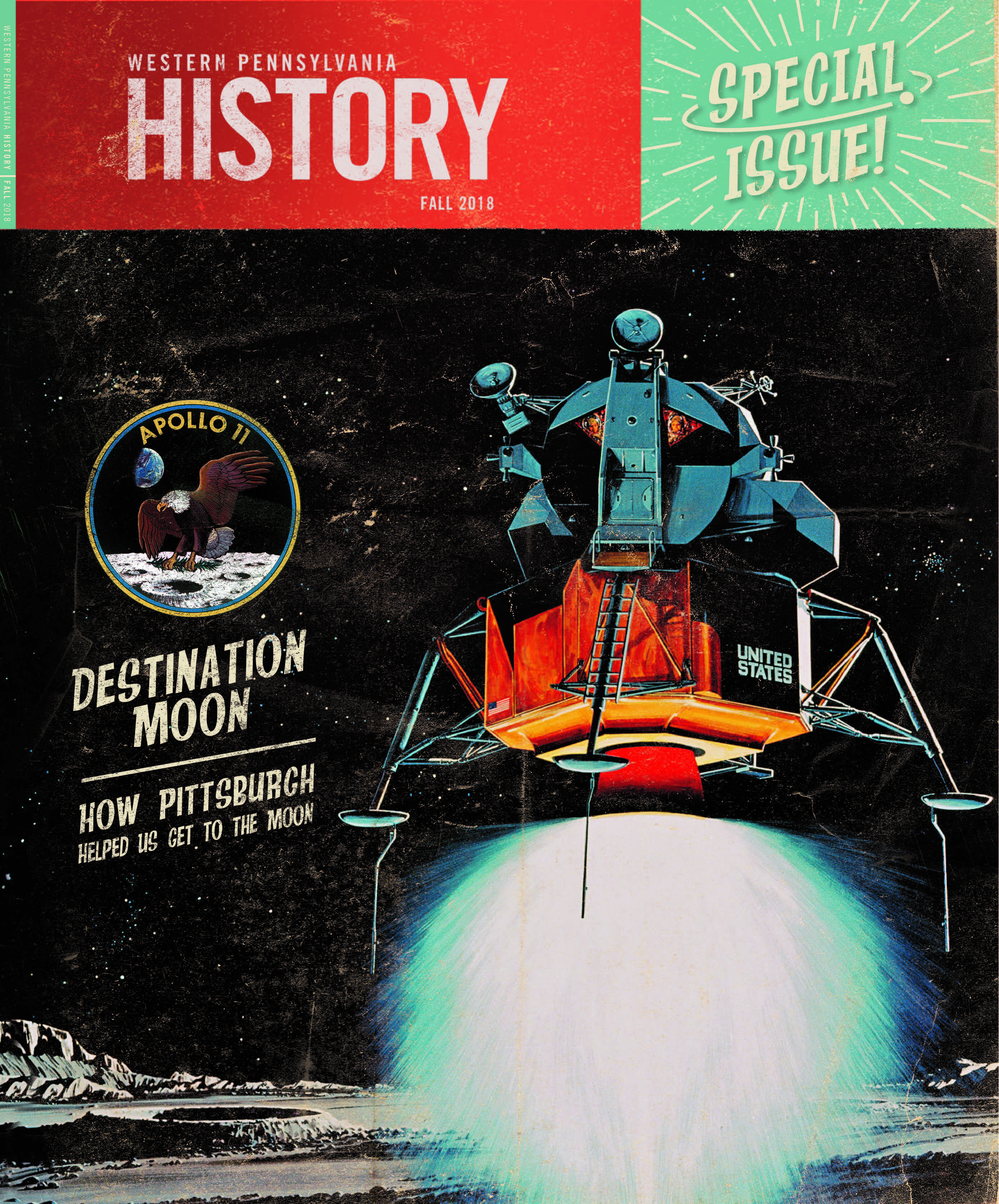Abstract
Fifty years ago this fall, the United States began its campaign to send astronauts to the Moon. On October 11, 1968, the Apollo 7 crew—Wally Schirra, Donn Eisele, and Walter Cunningham—became the first to fly the command and service modules, nearly two years after the original crew had been killed in a devastating launch-pad fire. Two months later, Frank Borman, James Lovell, and William Anders of Apollo 8 became the first humans to approach the Moon, circling it 10 times on Christmas Eve. Then on July 20, 1969, the Apollo 11 astronauts carried out the landing that was the central objective of the program President John F. Kennedy had set in 1961. Neil Armstrong and Buzz Aldrin walked on the surface while Michael Collins orbited above in the mothership, Columbia. The direct exploration of the Moon by humans ended with Apollo 17 in December 1972, concluding a program that not only met Kennedy’s Cold War objective of beating the Soviet Union, but also yielded an enormous trove of scientific information and samples.
